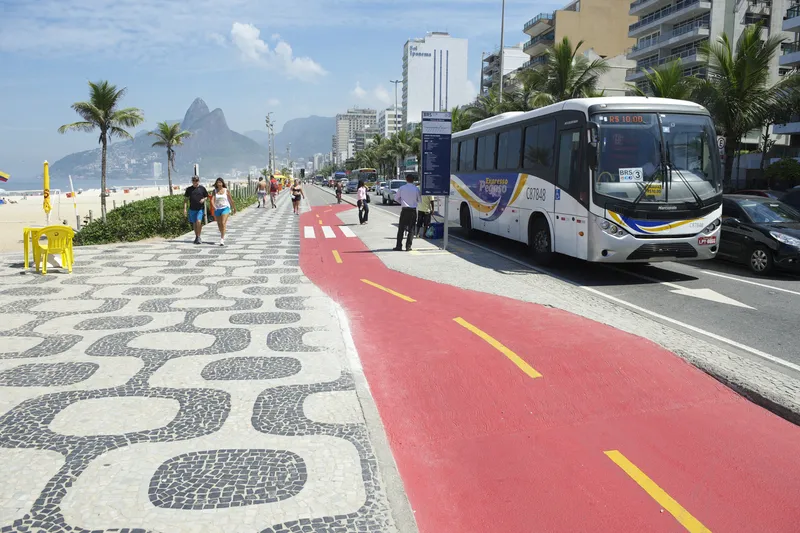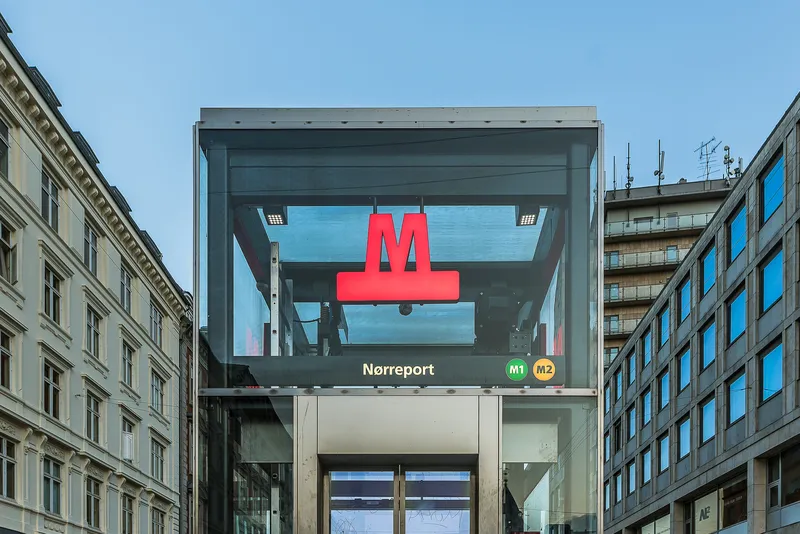
Travelier, a travel technology provider, has partnered with commuter app maker Moovit to offer Brazilians intercity and interstate bus ticket planning and purchasing.
The purchases in the Moovit app are now available in Brazil through Travelier’s B2C domestic brand DeÔnibus.
DeÔnibus offers bus travel through a network of more than 300 bus operators and thousands of routes across Brazil. By integrating its services with Moovit, travellers can now select their origin, destination, travel dates, choose from multiple route options and purchase their tickets, explained Noam Toister, co-founder and CEO of Travelier.
“Our mission is to simplify and digitalise ground and sea transportation, making it easier for passengers to travel and reducing the complexity of multimodal journeys. This partnership is a significant milestone in making intercity transport more accessible, convenient and efficient for millions of people.”
According to the latest market report, The State of Ground & Sea Transportation, by travel news website Skift, intercity travel represents a $198 billion market with only 20% of purchases made online.
Travelier’s platform spans over 122 countries, collaborating with 16,000 operators to provide access to 750,000 routes worldwide.
“By teaming up with Travelier and DeÔnibus, Moovit users no longer have to navigate multiple platforms and services,” said Tomer Asheroff, Moovit’s vice president of business development. “They can find all their travel solutions in one place with real-time updates.”
Transit riders can benefit from mobile ticketing to plan, pay, and ride with transit services. Introduced in 2012, Moovit said its apps now serve over 1.5 billion users in more than 3,500 cities across 112 countries – and in 45 languages.
Travelier provides a network of digital platforms, including 12Go, Bookaway.com, Plataforma10, DeÔnibus and Traveling.com. The company’s Travelier Connect platform allows partners to integrate intercity ticket sales with a single API, unlocking new revenue streams and enhancing customer experiences.










